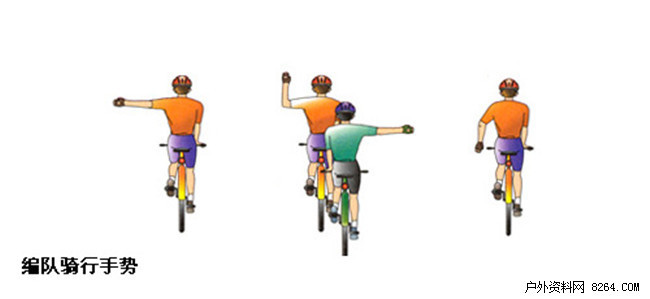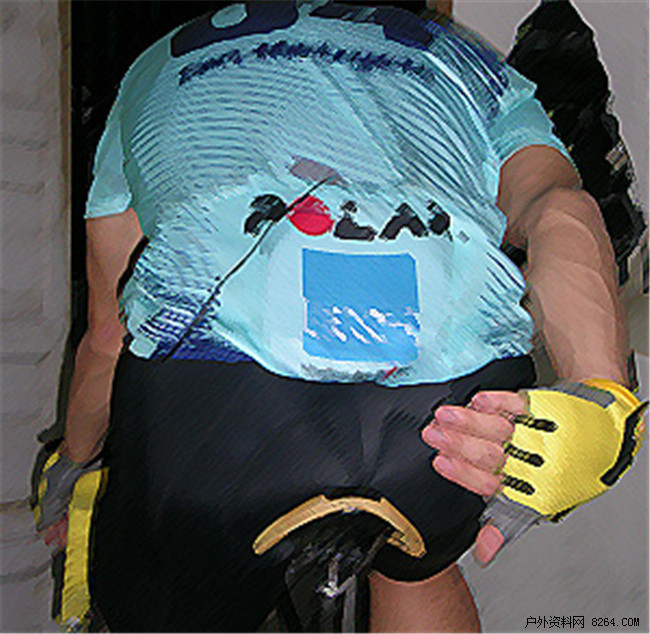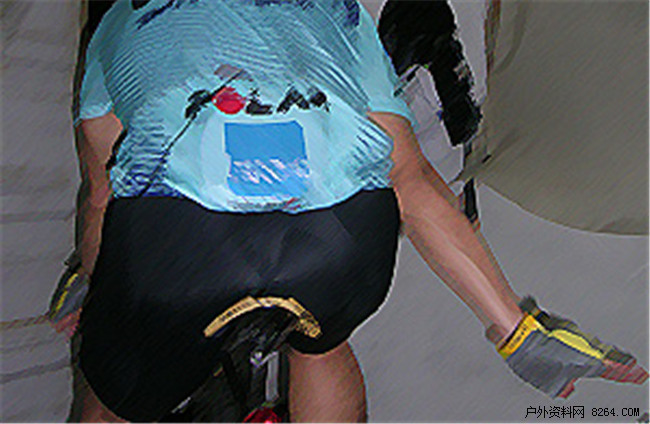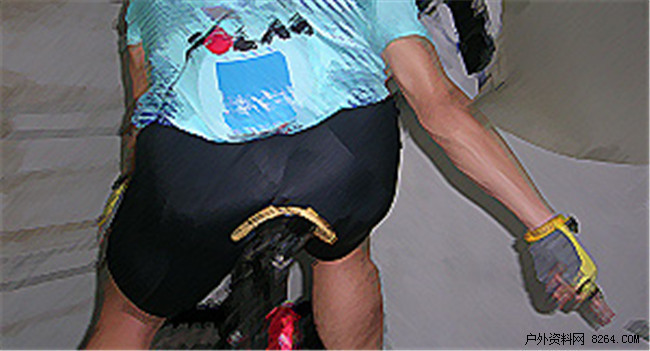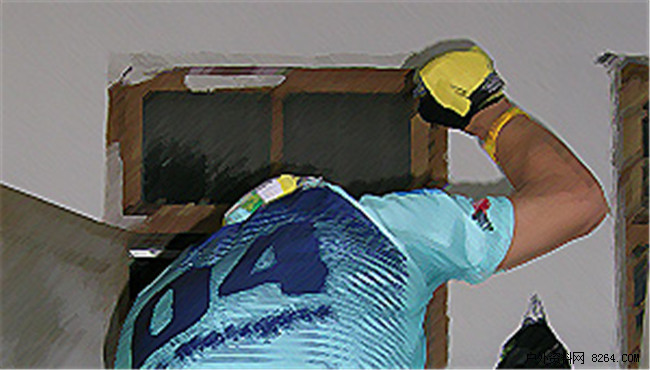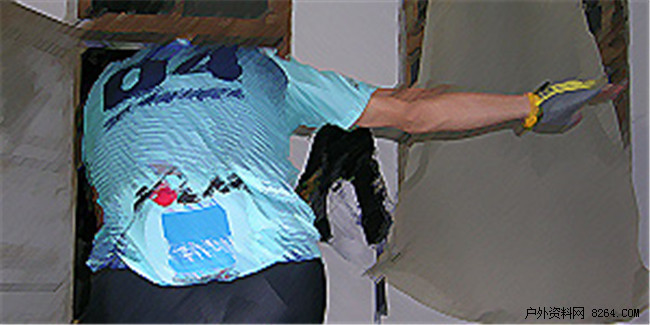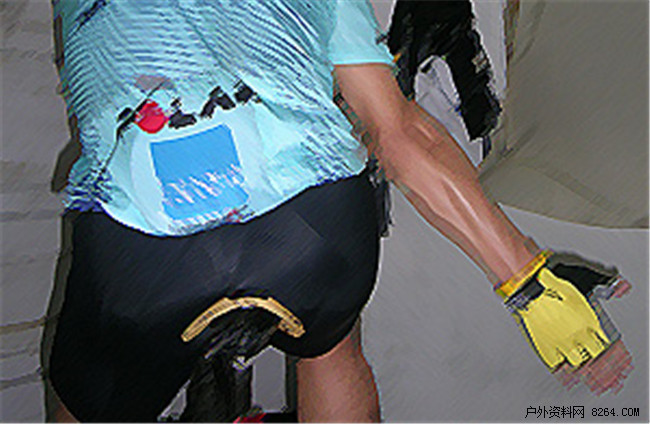Silent language: The car has lights and the bike has gestures.
When everyone goes out to play together, “safety†is not about listening to oneself, but also let the teammate behind him know if there is danger in the place that cannot be seen ahead.
Why can you use gestures? Is it possible to scream? When there is wind, when there is rain, including many objective reasons, shouting is impossible to hear, then the correct gesture is very important for the safety of the entire team.
Here is a graphic illustration of cycling gestures that teammates spontaneously organize:
1, move closer to the leader
2. One of the forward traffic notification gestures
Gesture: The right hand claims to the right side of the body and parallel to the ground. This means that there is a large obstacle on the right side of the road or that large vehicles cannot pass.
Park on the left.
The left hand does the opposite.
3, the front of the road signs two
Gesture Action: The action is roughly similar to the previous action. The right hand asserts the right side of the body, parallel to the ground, and swings up and down at the same time. This means that there is an obstacle or vehicle on the right side of the road ahead, slowing down and passing from the left side.
The left hand does the opposite.
4. The third road ahead notice
The cyclist finds that there are special circumstances such as potholes or glass slags that affect the ride and should avoid and inform the teammate behind. Gesture The index finger points to the special direction of the road, and if necessary, shout out loud to notify teammates.
5, parking gesture
6. Turning hand gestures
Stretch your right hand to make a right turn, and extend your left hand to turn left.
7, forward gesture
Informing the team-mate behind him, the leader will retreat to the team, so that the players behind him will advance and the second teammate will replace the leader. The retired leader retired to the last of the team.
The above are the most common gestures on the road. The picture is for reference only.
Dressing Table
Dressing table, also called toilet table, a table used for the toilet. The term originally was applied in the 17th century to small tables with two or three drawers. It soon became common practice to conceal the fittings of the dressing table when they were not in use, and great ingenuity was exercised by 18th-century cabinetmakers to combine elaborate fittings with a handsome piece of furniture.
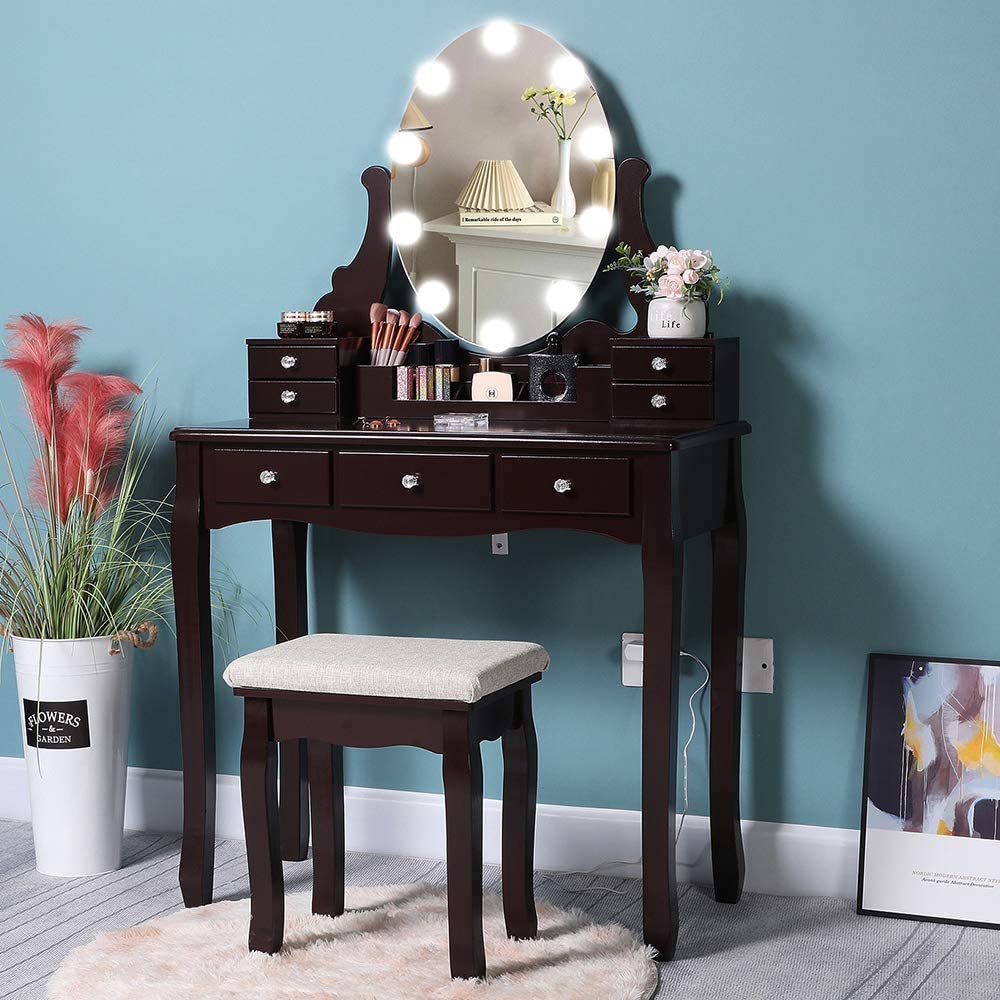
In the Cabinet-Makers` London Book of Prices (1788), Thomas Shearer included a design for a dressing stand [with folding tops. The top and bottom fronts are shams, in the back part of the stand is a cistern which receives water from the bason drawer . . . ." The inside included [A glass hung to a sliding piece, 3 powder boxes, a lift-out to hold 4 razors, hone and oil bottle, a ditto for combs, and partion`d off for tooth brushes, a shallow ditto for tweezers, knives etc. . . . ."
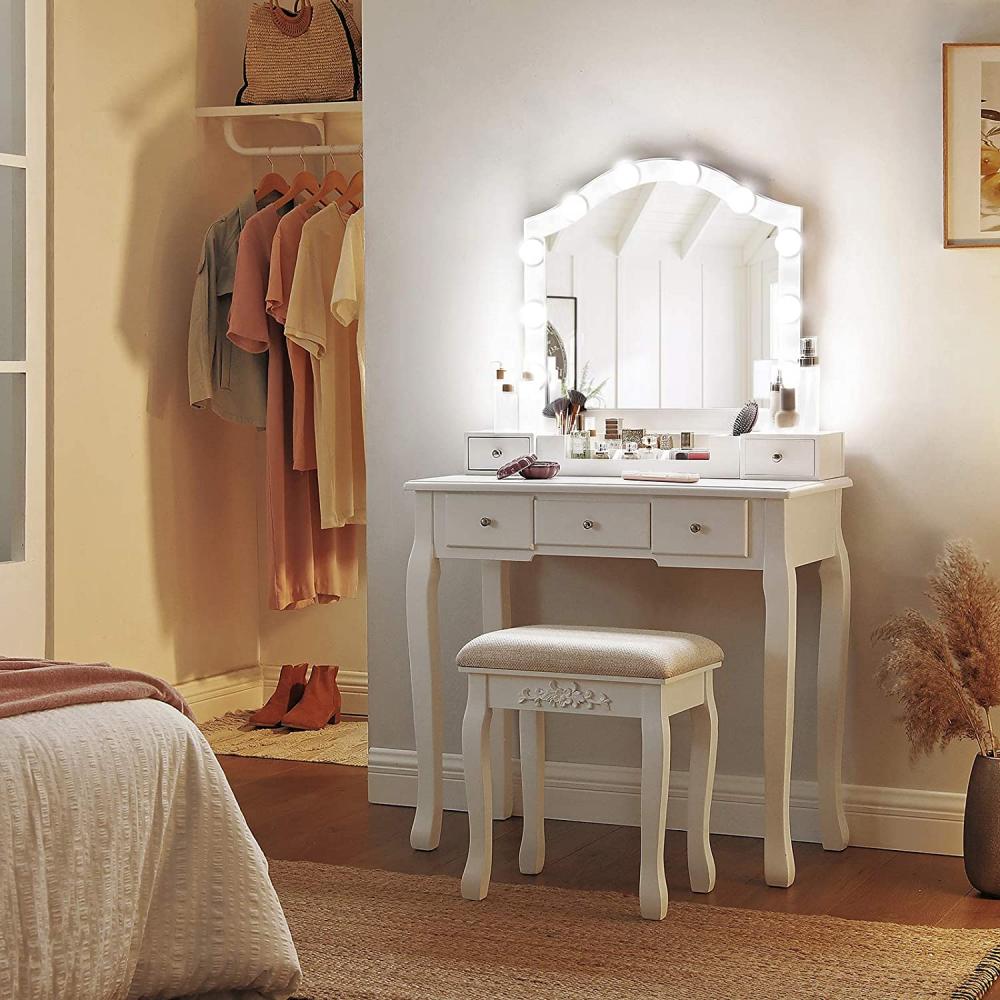
Some dressing tables were combined with writing tables, a hybrid at which the French excelled. In the 19th century the dressing table, like other cabinet furniture, assumed heavier proportions and eventually became a matching part of the bedroom suite.Mirrored Dressing Table,Dressing Table Set,Vanity Dressing Table,Dressing Table With Drawers,Wooden Dressing Table,MDF Dressing Table,Dresser With Mirror
Jinan Tri-Tiger Technology Development Co., Ltd , https://www.tigerwoodproduct.com
